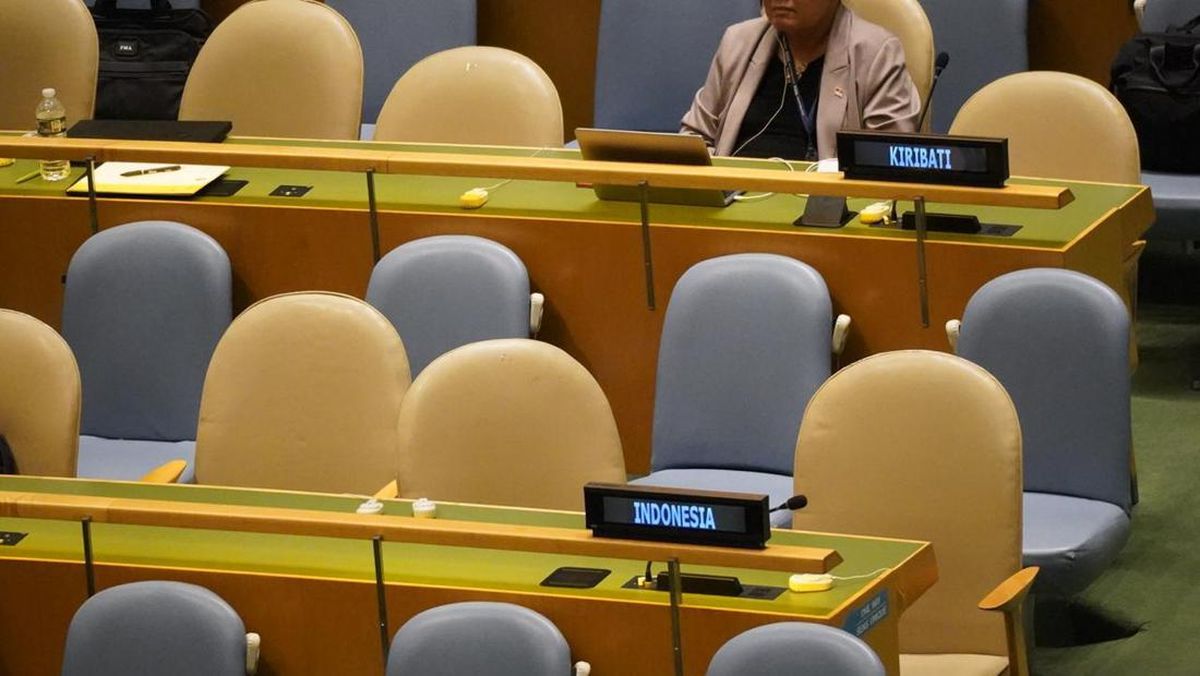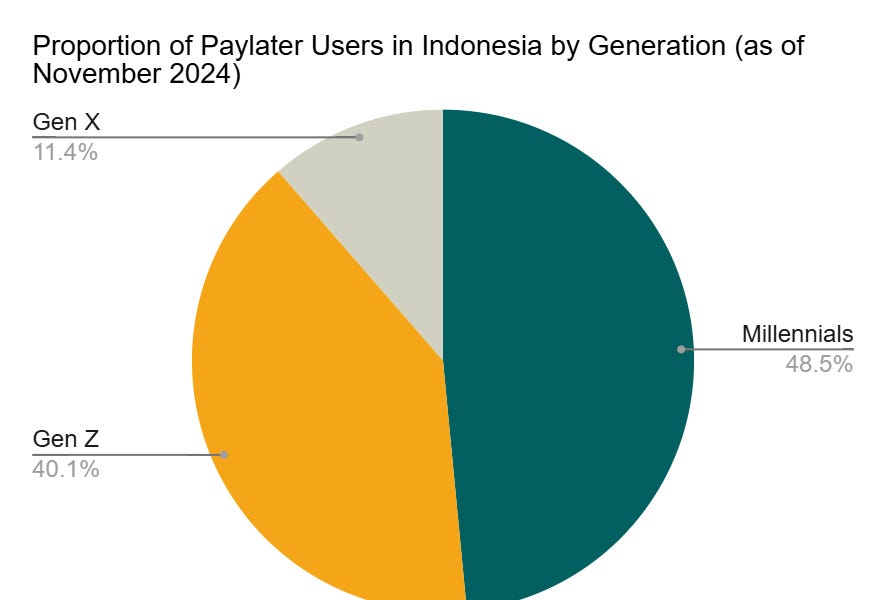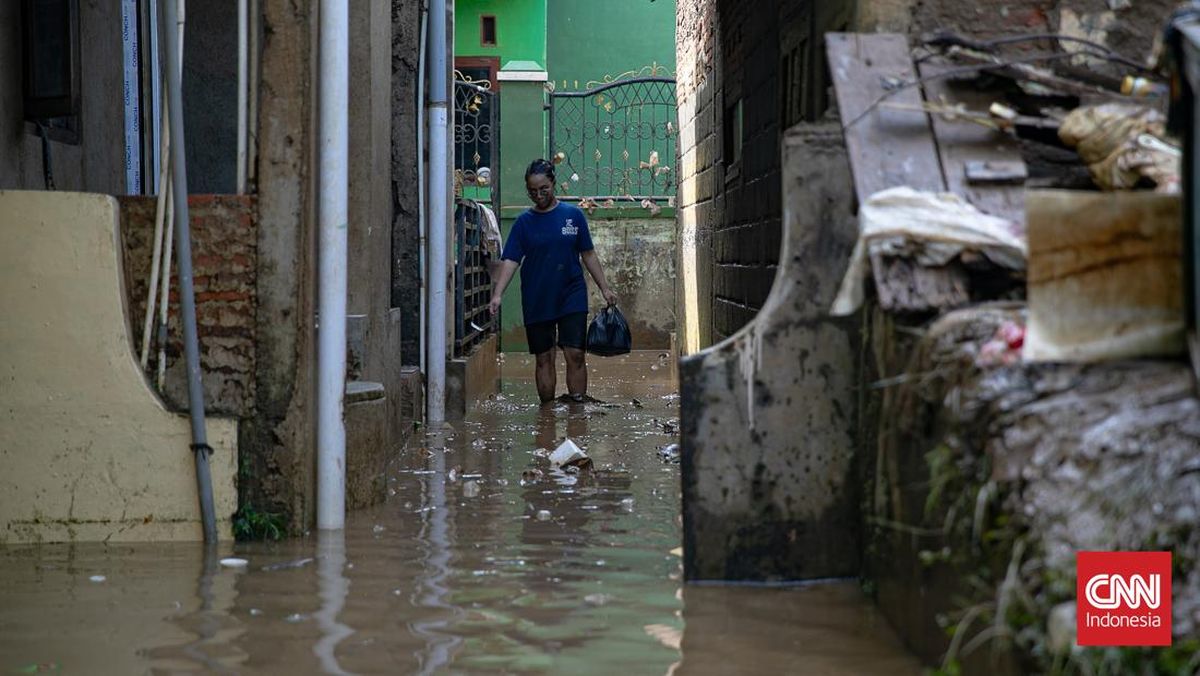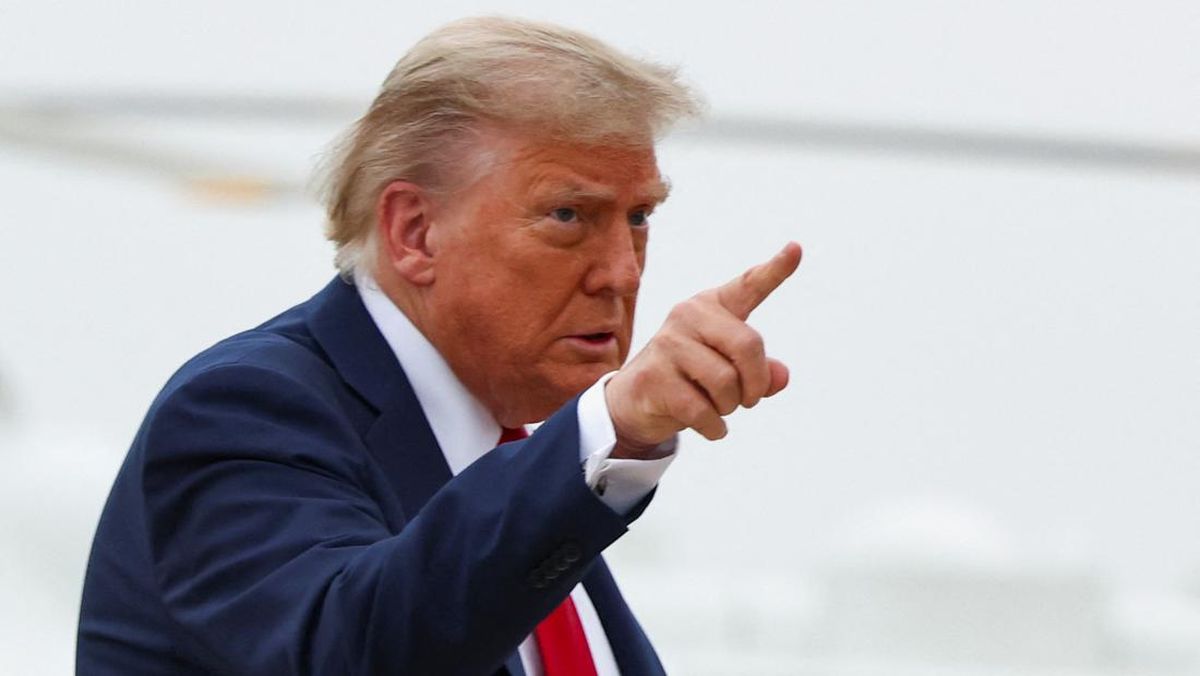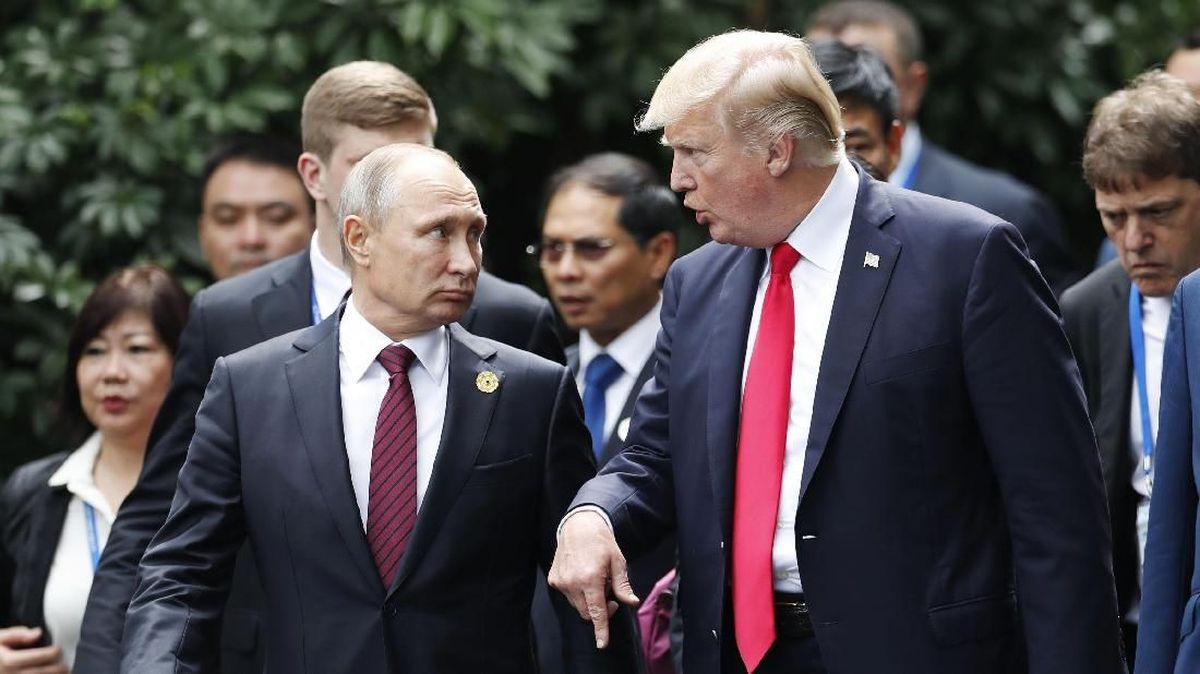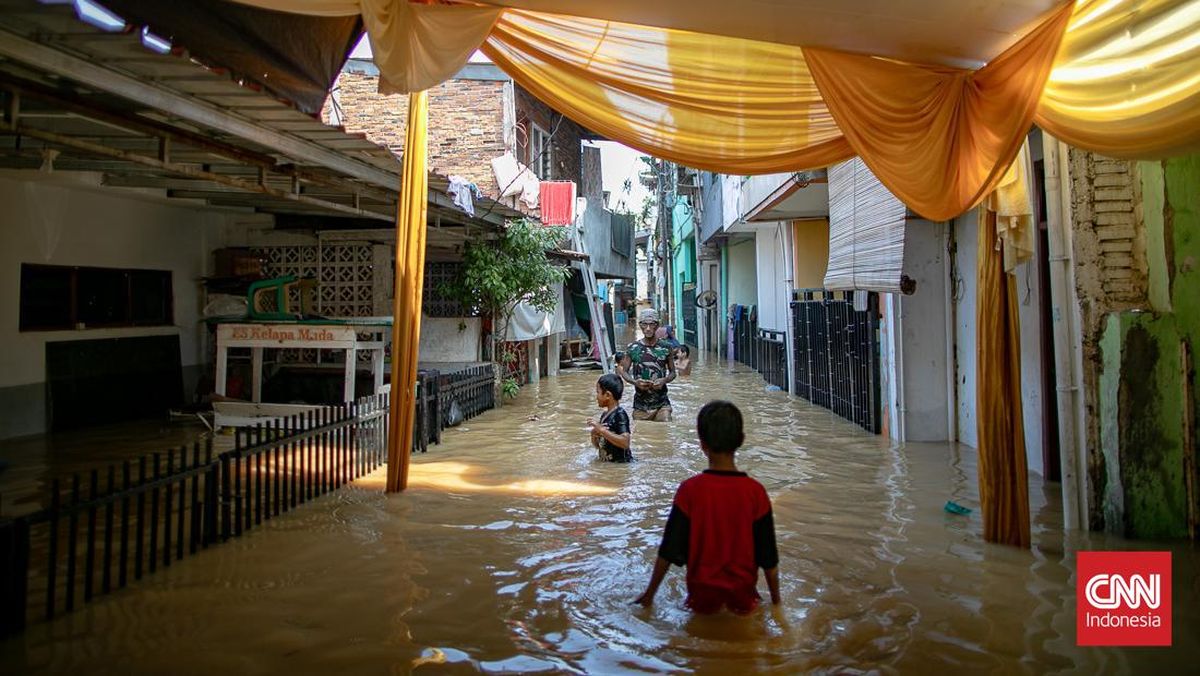United States President Donald Trump wants to change the way Americans vote, and he wants to do it before the 2026 midterms.
US presidents do not have the authority to overhaul state election laws. The US Constitution leaves congressional election management to states and rule-making to Congress.
Recommended Stories
list of 4 items- list 1 of 4How will ‘limited’ US nuclear tests avoid any explosions?
- list 2 of 4Key takeaways from Trump’s 60 Minutes interview
- list 3 of 4Trump administration to partially fund SNAP food benefits amid US shutdown
- list 4 of 4‘Making history’: Mamdani to voters on election eve as Trump backs Cuomo
That hasn’t stopped Trump from taking a top-down approach to altering election practices a year out from the November 3 elections – contests that will determine whether Trump has congressional support for his agenda, including his immigration enforcement tactics and tax and spending cuts.
Here are some of the ways Trump is pressuring states and Congress to change how those elections will go:
- Trump resumed his attacks on voting by mail, threatening in August to use an executive order to write a legally shaky ban of the practice used by tens of millions of Americans.
- Trump’s Department of Justice (DOJ) asked most states to turn over voter data rolls in its search for ineligible voters, setting up a legal fight and potentially jeopardising the rights of US citizens who are eligible to vote.
- The Trump administration scaled back efforts to improve voting site security and mail ballot protection.
- Trump successfully encouraged Republican governors to redistrict to give his party more seats in the US House of Representatives. In response, Californians will vote on Tuesday on whether they want to redraw their state’s election map to create more Democrat-majority voting districts to balance out the Republican efforts.
Trump relied on falsehoods when pushing for voting changes in a speech to governors, repeatedly making what PolitiFact classified as the “pants on fire” statement that the 2020 election was “rigged” and threatening to jail people he said rigged the election.
We asked the White House why Trump wants to overhaul elections. He won under 2016 and 2024 laws, and his party won both chambers of Congress in 2024. The White House referred us to the Justice Department.
“Clean voter rolls and basic election safeguards are requisites for free, fair and transparent elections,” Harmeet K Dhillon, an assistant attorney general, told PolitiFact. “The DOJ Civil Rights Division has a statutory mandate to enforce our federal voting rights laws, and ensuring the public’s confidence in the integrity of our elections is a top priority of this administration.”
Trump’s actions have alarmed election officials who have promised to protect the rights of voters during the midterms.
“I am confident we will have safe, free and secure elections in 2026, but it is going to be up to state and local election officials because the federal government right now is not being supportive and indeed is targeting election officials,” said Shenna Bellows, Maine’s secretary of state and a Democratic gubernatorial candidate.
Collecting state voter registration data, searching for noncitizen voters
In its search to identify ineligible voters, the Justice Department has requested voter registration files from most states.
Voter registration rolls have sensitive personal identifying information. Many states have laws that would prohibit them from disclosing information such as birth dates and driver’s licence or Social Security numbers. Election experts have raised privacy concerns about voters’ identifying information being widely shared, pointing to similar concerns involving the Department of Government Efficiency’s use of Social Security data.
Some states provided only publicly available data to the federal government.
Bellows told the Justice Department to “go jump in the Gulf of Maine”.
Maine was among the states the Justice Department sued in September, accusing them of not turning over certain voter roll information.
In its lawsuit against Maine, the department demanded Bellows hand over all information on the state’s voter rolls, including Social Security or driver’s licence numbers. Maine opposes releasing that information because centralisation of voter data increases the possibility of breach, Bellows told PolitiFact.
“Voting in a democracy depends on free and fair participation without fear of retribution or punishment from the government,” Bellows said. “If Congress thought it was a good idea to have a national voter registration list, they could authorise that, but they have not done so.”
The Brennan Center for Justice at New York University’s School of Law found that nearly all the states that replied to the requests did not share their full databases. The states omitted Social Security and driver’s licence numbers or provided no lists. Only Indiana and Wyoming provided their full statewide voter registration lists.
Across the country, voter roll maintenance is handled by state and local officials who routinely remove people who have relocated, died or are otherwise ineligible. Federal law, meanwhile, already bans noncitizens from voting in federal elections. But Trump has spread falsehoods about noncitizen voting for a decade.
After reports by the Reuters news agency and The New York Times, a Department of Homeland Security spokesperson confirmed to PolitiFact that it is sharing information with the Justice Department with the goal of identifying noncitizen voters.
The Trump administration has taken other steps to find noncitizen voters, such as overhauling a database that election officials use to verify voters’ citizenship status. Voting rights advocates have cautioned that the data might be outdated for immigrants who have since become naturalised US citizens.
Threat to end mail-in voting
On August 18, Trump said he will move to “end mail-in ballots” and sign an “executive order to help bring honesty to the 2026 elections”. Any attempt to abolish or overhaul states’ voting-by-mail programmes would face legal challenges, which may explain why the order has not materialised.
The following day, White House Press Secretary Karoline Leavitt signalled Trump could pursue a legislative route, saying there “will be many discussions with our friends on Capitol Hill and also our friends in state legislatures”.
Trump has continued his threats against mail-in voting, promising in September “to fix this system”.
“No mail-in or ‘Early’ Voting” he echoed in an October 26 Truth Social post that criticised California for sending millions of mail ballots for the redistricting vote.
The state is one of eight that allows all-mail elections. In the November 2024 elections, about 30 percent of voters, or about 48 million people, cast ballots by mail, including people who are elderly, can’t drive, live far from a voting site or are overseas. Mail-in voting has been around at least since the Civil War.
In March, Trump issued an executive order that would cut off Election Assistance Commission funding to states that count mail ballots received after Election Day. The order, which has an exception for military and overseas voters, has led to multiple lawsuits.
About 16 states allow officials to count ballots received after Election Day as long as they were postmarked by Election Day (or in the case of Ohio, the day before Election Day), according to the National Vote at Home Institute.
The White House position is that federal laws establish Election Day as the first Tuesday after the first Monday in November, so that should be the mail ballot receipt deadline.
Nineteen states together sued the administration, arguing that the US Constitution gives the states the primary responsibility to regulate elections. The states of Washington and Oregon filed their own lawsuit. A federal judge preliminarily blocked that provision in Trump’s order.
Minnesota Secretary of State Steve Simon, a member of the Democratic-Farmer-Labor Party, said voters should pay attention to Trump’s attempts to stretch his legal authority and tangle with states.
“I think the next six months or so will be crucial in making sure we remain on course and elections are fair, accurate, honest and secure,” Simon said.
Redistricting pressure in Republican-led states
Trump pushed Republican-led states to undertake unusual mid-decade redistricting to maximise congressional seats for the party.
Texas Governor Greg Abbott signed a new map in August that Republicans hope will lead to five additional Republican-held seats. Missouri Governor Mike Kehoe also signed a new map into law although voters are collecting signatures in hopes of holding a referendum to overturn that map in 2026. Ohio’s redistricting commission settled on a new map, as did the North Carolina legislature.
Other Republican-led states, including Florida, Indiana and Louisiana, could follow.
Some Democratic leaders have floated redistricting their states to wipe out Republican gains. California voters will decide on Tuesday if they want to redistrict in an effort led by Democratic Governor Gavin Newsom. Democrats have also pushed for redistricting in Virginia, Maryland and Illinois.
If Trump’s efforts to create more Republican House seats are successful, it would make it even harder for the Democrats to flip the House.
Scaled-back election security assistance
Trump created the federal Cybersecurity and Infrastructure Security Agency (CISA) during his first term to protect critical infrastructure, including elections, from threats. CISA became a target of Trump after the agency affirmed the security of the 2020 elections, during which he lost the presidency to Joe Biden.
CISA has provided training, threat information and physical and cybersecurity assessments of election facilities with election officials, improving security for voters.
It’s unclear what role CISA will play in the 2026 elections. Any reduced federal response to election security could harm voters’ faith in elections and embolden domestic or foreign bad actors.
A former government official told the Axios news site that about one-third of CISA staff had left the agency by early June, a few months after CISA froze its election security work pending a review and did not publicly release the results. The administration also cut funding for an information-sharing collaboration among local, state and federal officials. Trump’s budget proposal for 2026 calls for further cuts.
Because of CISA security training, Rhode Island election workers knew how to respond when an envelope containing white powder with the return address “US Traitor Elimination Army” arrived at the state Board of Elections in September 2024. CISA had already distributed physical security and cybersecurity checklists with tips about how to respond to such a threat.
The substance turned out not to be dangerous, but the quick security alerts and information from CISA help election officials “know what is happening in real time without having to wait for news reports or word of mouth”, Nick Lima, elections director for the city of Cranston, Rhode Island, told PolitiFact.
So far, John C Ackerman, the county clerk/recorder in Tazewell County, Illinois, said he hasn’t seen fewer services from CISA. He told PolitiFact the agency still sends bulletins about threats and a monthly vulnerability scan of the county’s website.
When we asked CISA if it still offers security assessments and additional assistance to election officials, we received a statement that did not address our questions.
The Trump administration has hired people in election roles who denied Trump’s 2020 election loss or spread falsehoods about voting.
Heather Honey, a Pennsylvania activist who spread election falsehoods, now works in an election integrity role at the Homeland Security Department. Marci McCarthy, now the CISA spokesperson, chaired the DeKalb County Republican Party, which filed an unsuccessful lawsuit arguing that Georgia’s voting machines were vulnerable. As FBI director, Kash Patel, who has repeated Trump’s falsehood about a rigged 2020 election, could oversee investigations of election crimes and election-related civil rights violations.
Michael Moore, the chief information security officer for Arizona’s secretary of state, told PolitiFact in an email that while there are still employees at CISA who want to help, “it seems they have neither the resources nor direction to effectively help.”
“I strongly believe in the mission of CISA and want a return of our prior relationship and support level,” Moore said. “We’re the United States of America for a reason. In this current landscape, it feels more like every state for themselves.”

 7 hours ago
4
7 hours ago
4






























